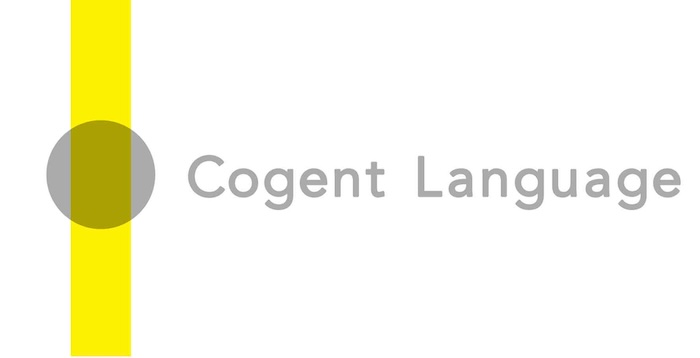Useful introduction to the construct of “root definition” of any “human activity system”, including any project or potential project. CATWOE is the acronym of human activity system (HAS) elements: Customer, Actor, Transformation, Worldview, Owner, Environment. Explained more from a business rather than a systems perspective. A bit “talky” but a helpful into in about 5.5′.
“Soft Systems Methodology in 10 Minutes (nearly)!”
Useful visuals and talk
“Satir Change Model”
Brief introduction (<4′) to the six stages of this model.
“The Story of Codesign”
Animated narrative (<4″) demonstrating principles and key constructs of co-design
“The Interaction Method”
Short (<2′) introduction
“The Cynefin Framework”

The Cynefin Framework is a sense-making device for understanding the sort(s) of environment you and your team/organization may need to make decisions and take action in. Here is a great 8′ video on it by its creator, Dave Snowden.
“What is a Requirements Traceability Matrix?”
11′ presentation of a model that links long-term business ojectives of a project to quality tests of specific product features by way of requirement and scope structure.
“How to Get Your JIRA Product Backlog Right”
Nice 27′ video on conceptualizing and managing product backlog. Uses JIRA as an example software platform for managing it “right” and, for conceptualizing it “rIght”, the acronym DEEP – Detailed appropriately, Estimated, Emergent, Prioritized.
“…Depicting Project Scope and the Context Diagram”
Examples are the context diagram and use case diagrams. Such models are very useful strategically. They complement product visions, stories, or value propositions, customer segmentations, customer personae, etc. Also, they can be progressively elaborated into more detailed structural and/or dynamic models. Here is a fine video – 8 minutes or so – on four such […]
“Context Diagrams for Scoping Projects”
Context diagrams represent a project’s product boundaries or “scope”. They model the product at a high level, in its “done” context. They do this by representing only the entities that interact with the product in that context. Thus, they do not represent the parts of the product or its behavior over time. As high level […]

